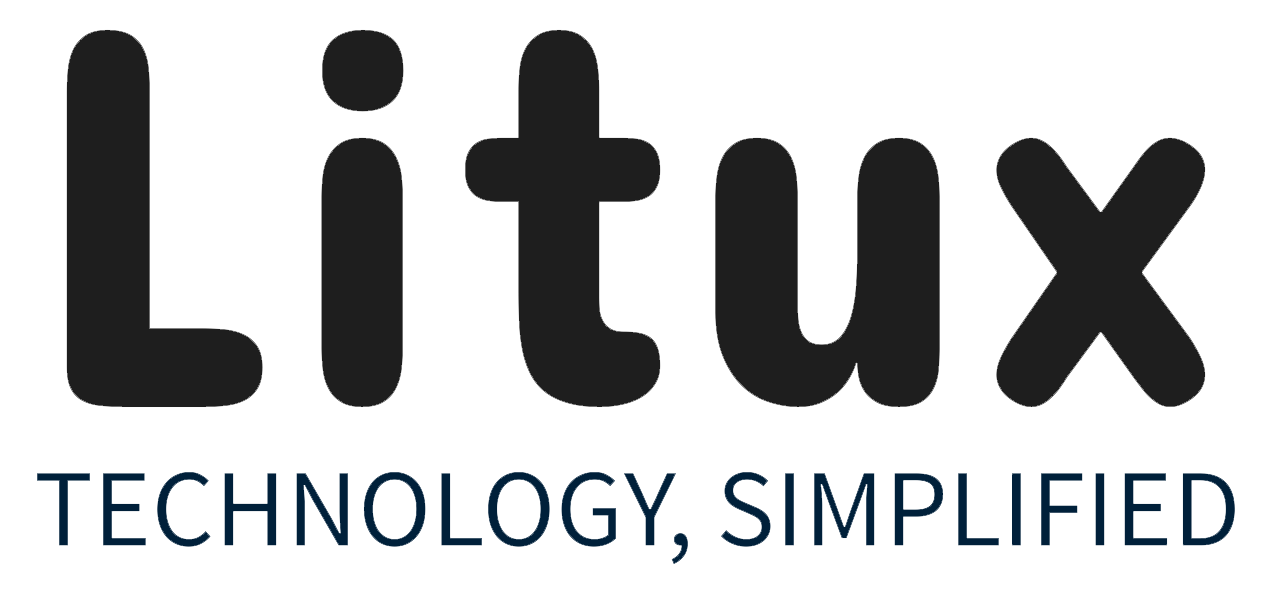The war between SVG and Flash is heating up, with Macromedia and W3C on opposite sides. The battle lines have been drawn between two factions: those who support the W3C's Scalable Vector Graphics (SVG) Tiny 1.1 standard, and those who support Macromedia's Flash Lite.
The SVG Tiny 1.1 standard is a lightweight version of SVG that is designed for use on mobile devices. It is supported by a number of major mobile phone manufacturers, including Nokia, Motorola, and Samsung. Flash Lite is a proprietary vector graphics format that is used by Macromedia's Flash Player. It is not supported by any major mobile phone manufacturers.
The two factions are arguing over which format is better suited for use on mobile devices. The SVG Tiny 1.1 supporters argue that their format is more open and standards-based, while the Flash Lite supporters argue that their format is more efficient and has better support for animation.
The debate is likely to continue for some time. In the meantime, mobile phone users will have to decide which format they prefer.
In a recent article, Antoine Quint1 has written an article on O'Reilly Net debunking Macromedia's claims about SVG Tiny 1.1 and on svg.org, accusing Macromedia of spreading FUD about SVG Tiny 1.1 and SVG Tiny 1.2. Quint claims that Macromedia is trying to use SVG as a trojan horse to get Flash into mobile devices, and that the company is deliberately spreading misinformation about SVG in order to undermine its adoption.
John Downdell of Macromedia has has responded, accusing Quint of being a "shill" for SVG and of being "intentionally misleading" about the capabilities of Flash Lite. Downdell claims that Flash Lite is a more powerful and flexible platform than SVG Tiny, and that it is the best choice for mobile devices.
Robin Berjon2 has posted it on Slashdot3.
The debate is likely to continue for some time, as both sides have strong arguments in their favor. However, it is clear that SVG Tiny is a viable alternative to Flash Lite, and that it is gaining traction in the mobile market.
Some Vodafone people were mentioned on the SVG-T 1.1 recommendation, as well as later on the SVG Tiny 1.2.
Backlinks
Tao of Mac: Geek Toast (2004-07-21)
-
Antoine Quint is an independent consultant focusing on the SVG (Scalable Vector Graphics) standard, participating as an Invited Expert to the W3C SVG Working Group and promoting SVG through writings and conference appearances.
-
Robin Berjon is a research scientist for Expway, where he works chiefly on SVG as well as binary infosets. In his spare time he also contributes code to the Perl XML community.
-
Macromedia: More FUD About SVG, posted by timothy on Tuesday July 20, 2004 @07:40PM from the incentive-examination dept:
Robin Berjon writes: "Macromedia recently announced that its latest version of Flash Lite (a limited Flash for mobile devices) was to support SVG Tiny 1.1, and support it fully (though no one has yet been able to verify that assertion). For a moment, the Web community wondered if they might be playing nice at last, after yielding to massive pressure from the mobile market to support W3C and 3GPP standards, or if they simply meant to use SVG as a trojan to get Flash into mobile devices. An article freshly published on Macromedia's web site clearly makes the case that they're after the latter, speading as much FUD as possible along the way. Thankfully, Antoine Quint decided to respond in a brief O'Reilly Net article in which he debunks Macromedia's marketing lies one by one, and expands on the wondrous features of SVG Tiny 1.1 and the shortly upcoming SVG Tiny 1.2 that make people drool before their mobile phones."
